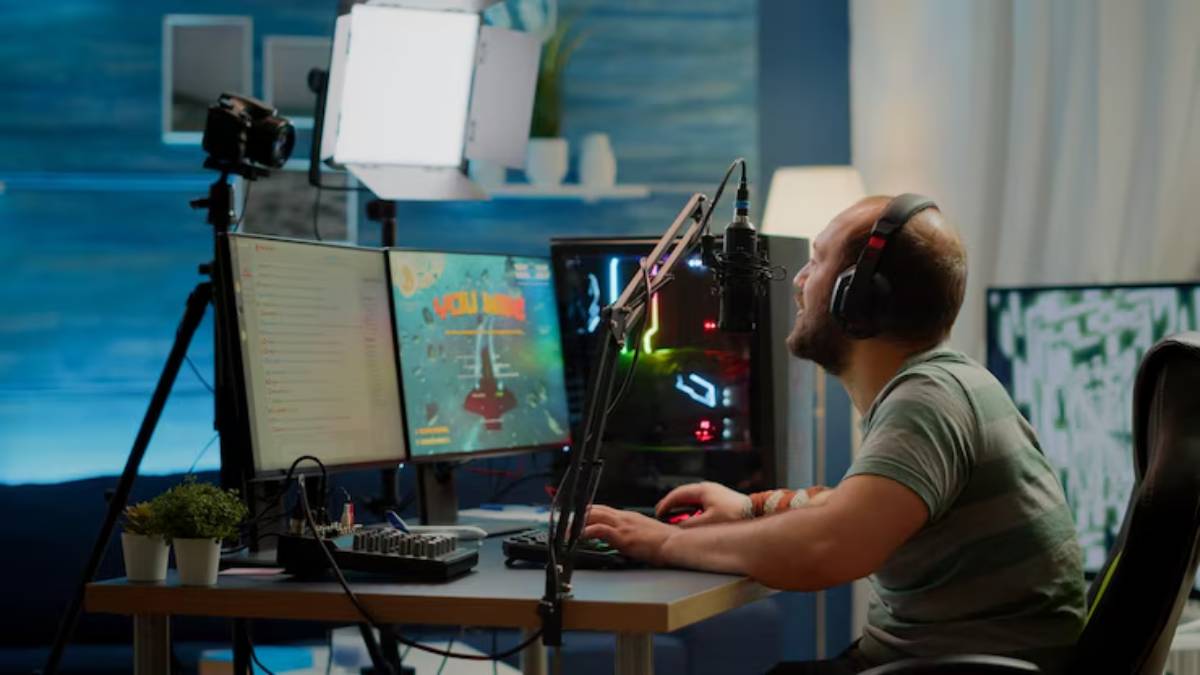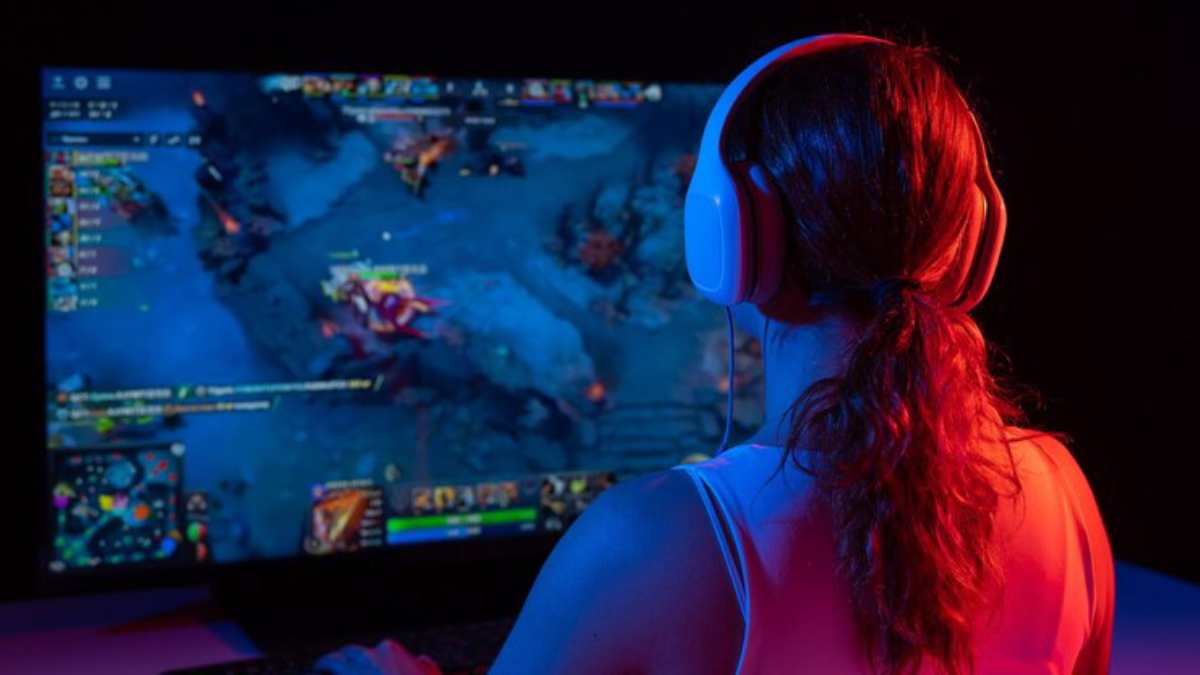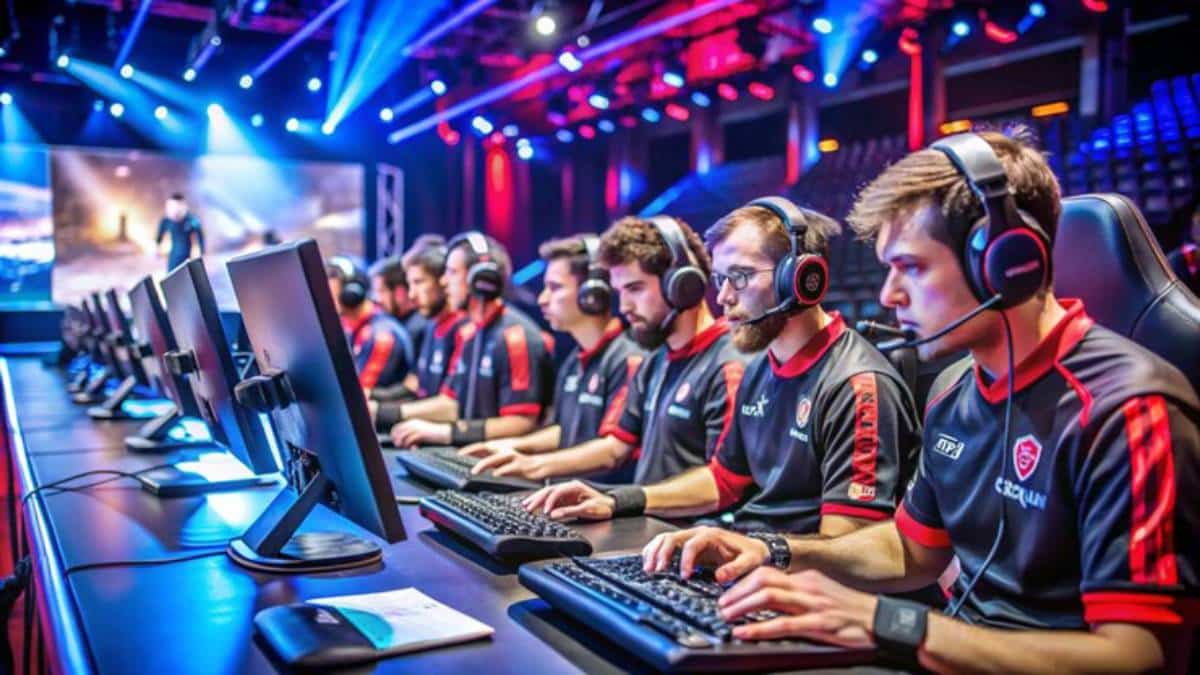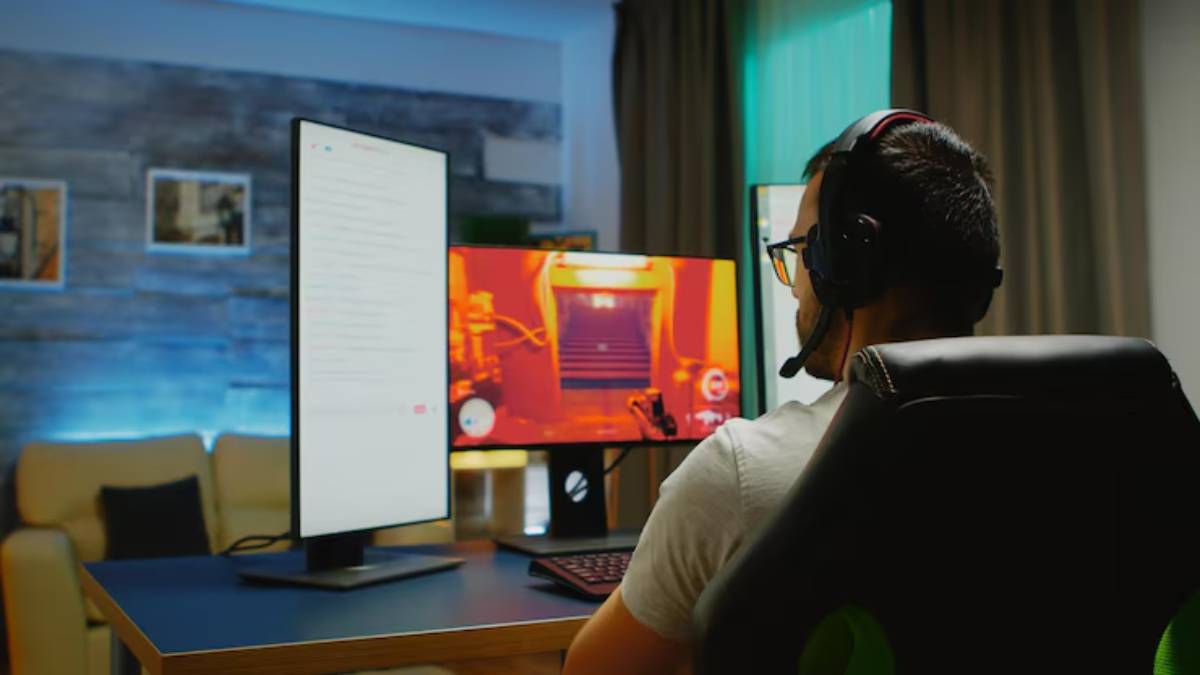
How to Stream Your Gameplay Like a Pro: A Beginner’s Guide
Streaming gameplay is a popular way to share your gaming with the world. Streaming is a great way to entertain, educate, or connect with others. It lets you showcase your skills to like-minded people. Starting as a beginner can feel overwhelming. There is a lot of equipment, software, and strategies to learn. This guide will help you stream your gameplay like a pro. It covers the basics you need for success.
Pro Tip: Interaction is crucial. Thank new followers, answer questions, and build a community. Make your viewers feel like part of your journey.
Important: Monitor stream quality indicators and adjust settings as needed. After each stream, review performance using your platform’s analytics dashboard.
Quick Guide
Here’s a quick checklist to kick off your streaming journey before we dive into the steps:
- Reliable Internet Connection: For smooth streaming, make sure your upload speed is at least 3 Mbps. Consider using an Ethernet connection for better stability.
- Suitable Hardware: A gaming PC or console should have enough power and a decent graphics card. A minimum of 8GB RAM is recommended for multitasking.
- Streaming Software: OBS Studio or Streamlabs are popular choices for beginners. They offer various tools for customising your stream.
- Audio and Video Equipment: A decent webcam and microphone for clear communication. Headphones can help avoid audio feedback loops.
- Streaming Platform Account: Create an account on Twitch, YouTube, or Facebook Gaming. Familiarise yourself with the platform’s community guidelines.
- Branding Elements: Design a unique logo, overlays, and alerts to personalise your stream. Tools like Canva and OWN3D can help you design professional-looking graphics.
Understanding the Core of Game Streaming
Game streaming is all about sharing your gameplay online as it happens. This lets people worldwide watch you play. They can interact and join your gaming community. Streaming is important for more than just entertainment. It can help you build a brand, earn money, and influence the gaming industry.
Game streaming is booming. Platforms like Twitch, YouTube, and Facebook Gaming are in the lead. These platforms have transformed gaming from a solitary activity into a social experience. For beginners, knowing the basics of streaming is key. You need a steady internet connection. Also, have a good computer or console ready. You’ll need streaming software, plus a camera and microphone for interaction.
It’s also important to know your target audience and the type of content you want to create. This could be competitive gameplay, casual fun, walkthroughs, or commentary. Knowing your niche helps tailor your content and attract the right viewers.
Step-by-Step Guide: How to Practise Streaming
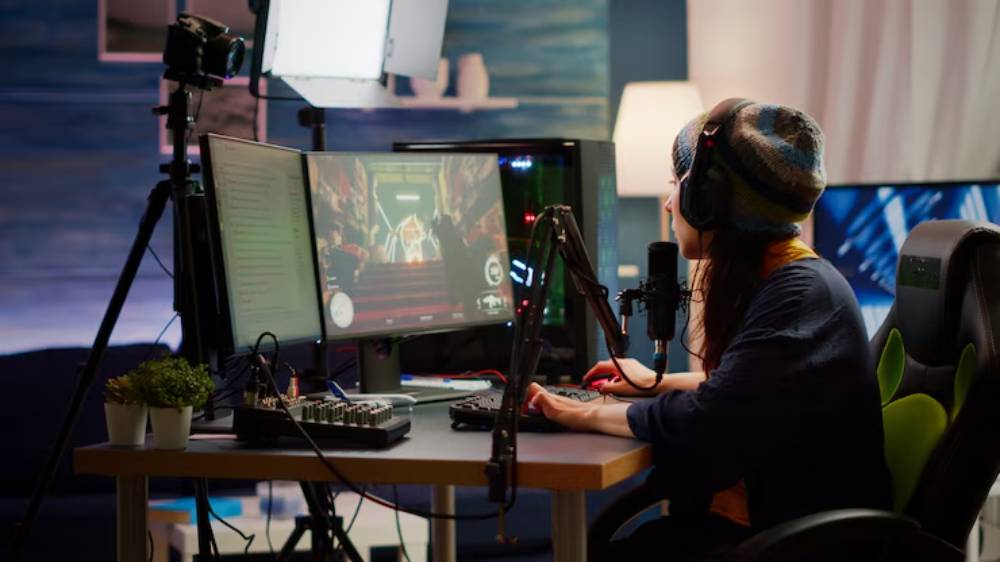
1. Set Up Your Streaming Environment
- Pick Your Platform: Stream on Twitch, YouTube, or Facebook Gaming. Each platform has its audience and features. Twitch has a big, interactive community. YouTube works well for mixing live streams with videos. Facebook Gaming is perfect for connecting with a social network.
- Create Your Accounts: Sign up and set up your channel on your chosen platform. Customise your profile with a catchy name and engaging bio. Add a profile picture and banner that reflect your gaming style.
2. Prepare Your Equipment
- PC or Console: Ensure your device meets the minimum requirements for streaming. For a PC, a multi-core processor and a powerful GPU are essential. Consoles like the PS5 and Xbox Series X can stream games, but PCs provide more options.
- Webcam and Microphone: Get a good webcam and a USB microphone. This will ensure clear visuals and audio. A ring light or soft box can dramatically improve lighting. Consider using a boom arm or mic stand to minimise handling noise.
3. Install and Configure Streaming Software
- Download OBS Studio or Streamlabs. They’re easy to use and offer many customisation options. OBS Studio is open-source and very customisable. Streamlabs has built-in widgets and is easier to use.
- Configure Settings: Set your resolution, bitrate, and frame rate. For beginners, a common setting is 720p at 30fps. If your PC and internet can handle it, aim for 1080p at 60fps for a crisper stream.
- Add Sources and Scenes: Create different scenes for starting soon, live gameplay, intermissions, and ending. Include webcam and game capture sources, and adjust layouts to fit your brand.
4. Test Your Stream
- Test Your Stream: Before going live, check your setup privately to make sure it all works well. Use OBS’s “Record” function to simulate a live stream and review footage for any issues.
- Check Audio Levels: Ensure your game audio and microphone levels are balanced. Use filters like noise suppression and gain control to improve clarity.
- Monitor Performance: During tests, monitor CPU usage, dropped frames, and stream stability.
5. Go Live

- Start Streaming: Begin your stream by engaging with your audience. Greet viewers as they join, and provide context on what you’re playing or doing.
- Consistency is Key: Stream regularly to build and maintain your audience. Choose days and times that fit your schedule and stick to them as closely as possible.
- Engage Actively: Reply to chat messages, run polls, and ask questions to involve your audience. Use chat moderation tools to maintain a friendly environment.
Best Practices & Additional Insights
- Create a Schedule: Consistency helps in building a loyal audience. Share your streaming schedule on social media. Use tools like Google Calendar or Trello to plan your content.
- Connect with Other Streamers: Team up with experienced streamers. You can learn a lot and grow your channel. Participate in communities like Reddit’s r/Twitch or Discord groups to exchange tips.
- Invest in Good Lighting: Good lighting boosts video quality and makes your stream look more professional. Position lights at 45-degree angles to your face to avoid shadows.
- Backup Your Content: Save your streams and post highlights on platforms like YouTube. This gives you more exposure.
- Stay Positive and Patient: Growth can be slow initially, but perseverance pays off.
FAQs
Q: What is the best platform for beginner streamers?
A: Twitch is the most popular. YouTube Gaming is good for YouTube users. Facebook Gaming has a big audience, too. Choose the one that best aligns with your goals and content style.
Q: Do I need a dual PC setup for streaming?
A: Not necessarily. One strong PC is enough for beginners. However, two PCs can boost performance by splitting gaming and encoding tasks. Dual PC setups are common among professional streamers aiming for maximum quality.
Q: How can I monetise my streams?
A: This includes Twitch Affiliate and Partner programs, YouTube ads, and donations or subscriptions from viewers. Additionally, you can explore sponsorships, affiliate marketing, and merchandise sales.
Conclusion: Streaming Your Gameplay Like a Pro
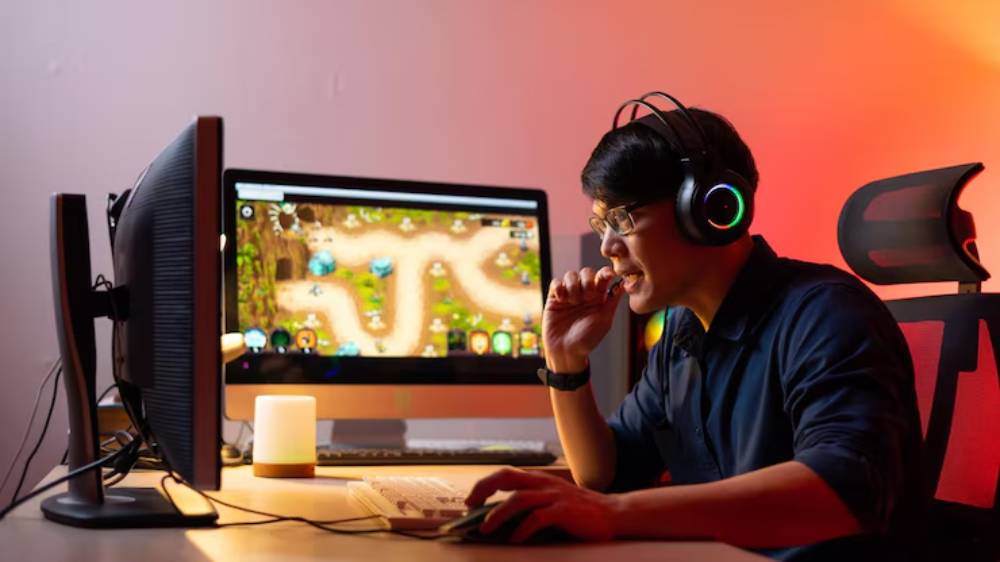
Embarking on your game-streaming journey can be both exciting and rewarding. By following this guide, you’re well on your way to streaming like a pro. Remember, the key to success is consistency, engagement, and continuous improvement. Begin your first stream today! Share your journey with other gamers. Happy streaming!
Call to Action: Ready to take your gaming to the next level? Start streaming today and join a community of passionate gamers. Share your journey with us, and let us know your favourite streaming tips in the comments below!
